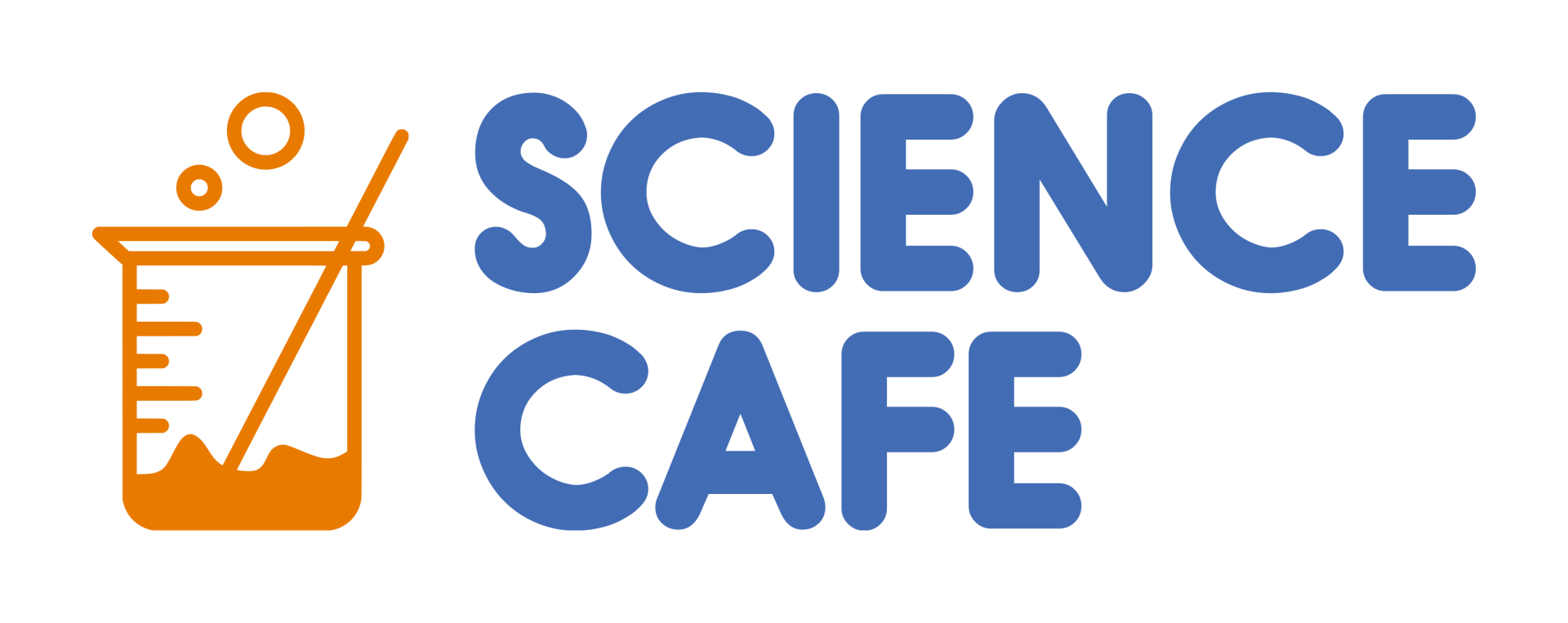To begin using mind maps for revision, start by selecting a topic or subject you want to revise.
This could be anything from history facts to mathematical formulas.
Once you have your topic, grab a piece of paper or open a digital mind mapping tool. Draw a central node representing the main idea or topic you're revising. This central node will serve as the focal point of your mind map.
Next, start branching out from the central node by adding subtopics or key concepts related to the main idea.
Each subtopic should connect back to the central node with a line, creating a hierarchical structure.
For example, if you're revising for a biology exam, your central node could be "Cell Structure," with branches for "Nucleus," "Cell Membrane," "Mitochondria," and so on.
Once you have your main branches, delve deeper into each subtopic by adding more detailed information.
This could include definitions, examples, diagrams, or any other relevant content. Use keywords or short phrases to keep your mind map concise and easy to read.
Remember, the goal is to create a visual representation that captures the key points of your revision material.
One of the great advantages of mind maps is their ability to show relationships between different concepts.
As you add more branches and details to your mind map, look for connections between ideas and concepts.
Use arrows or lines to link related nodes, showing how they are interconnected. This will help reinforce your understanding of the material and improve your ability to recall it later.
To make your mind maps even more effective, try to engage multiple senses while creating them.
Use different colors, shapes, and images to represent different ideas and concepts. This not only makes your mind map more visually appealing but also helps stimulate different parts of your brain, enhancing retention and recall.
Once you've completed your mind map, take some time to review it and ensure that it covers all the necessary information.
Look for any gaps or areas where you might need to add more detail.
You can also use your mind map as a study aid, reviewing it regularly to reinforce your understanding of the material.
Like any skill, using mind maps for revision takes practise.
Experiment with different layouts, styles, and techniques to find what works best for you. The more you use mind maps, the more proficient you'll become at creating them, and the more effective they'll be as a revision tool.
Mind maps are a versatile and powerful tool that can greatly enhance your revision process.
By visually organizing information and making connections between different concepts, mind maps help streamline the learning process and improve retention and recall.
So the next time you're faced with a mountain of revision material, grab a pen and paper (or fire up a digital mind mapping tool) and start creating your own mind maps. Your brain will thank you for it!

